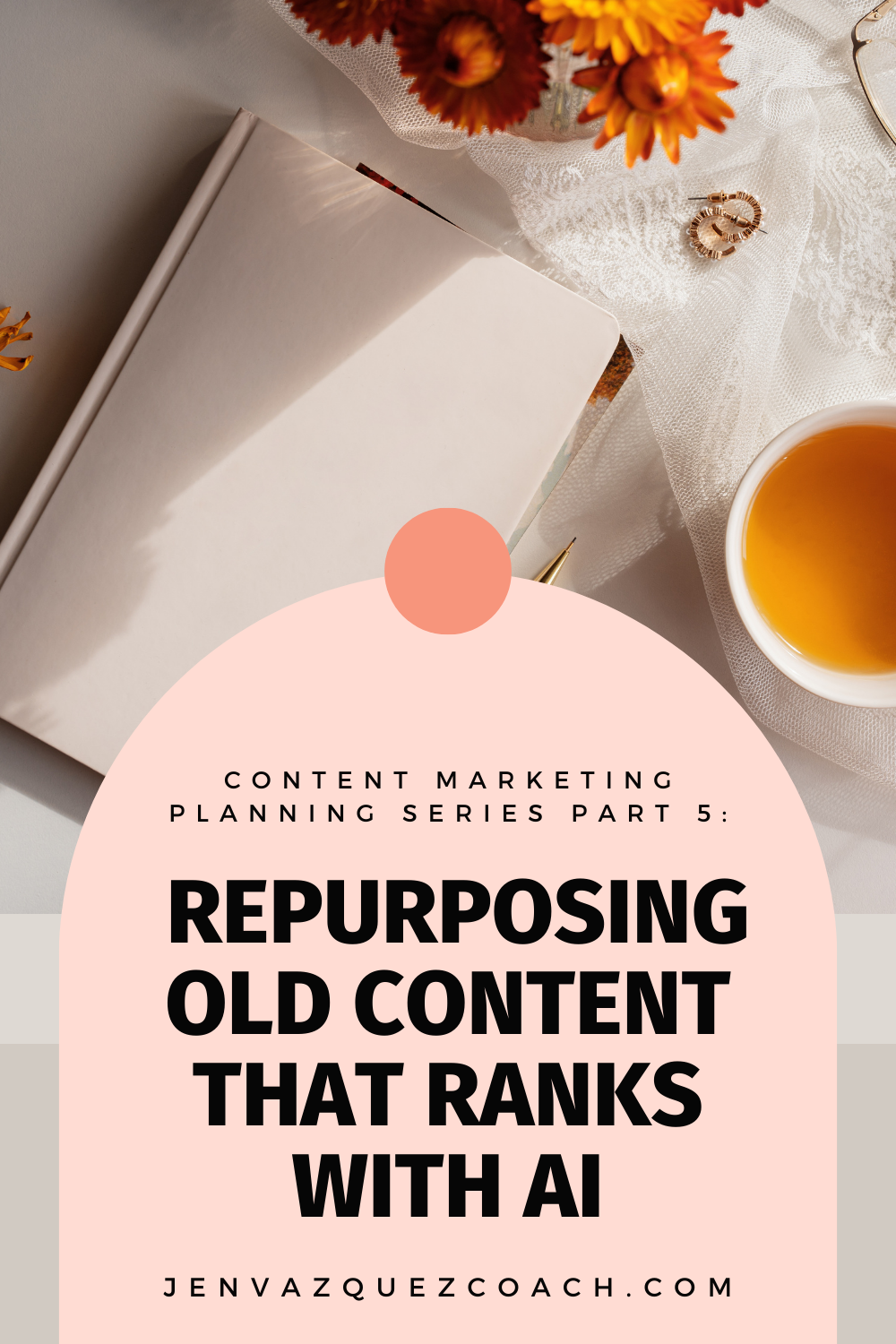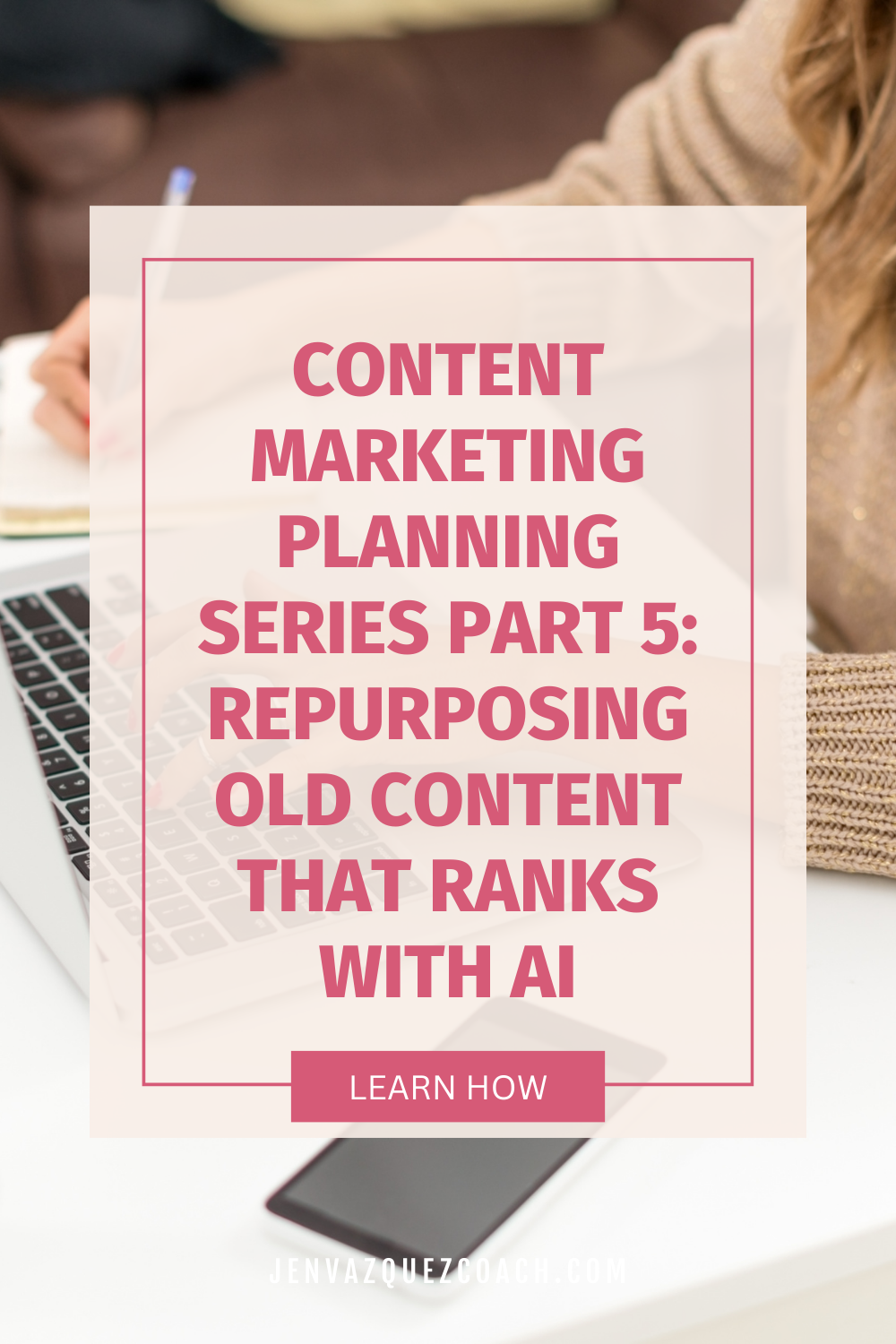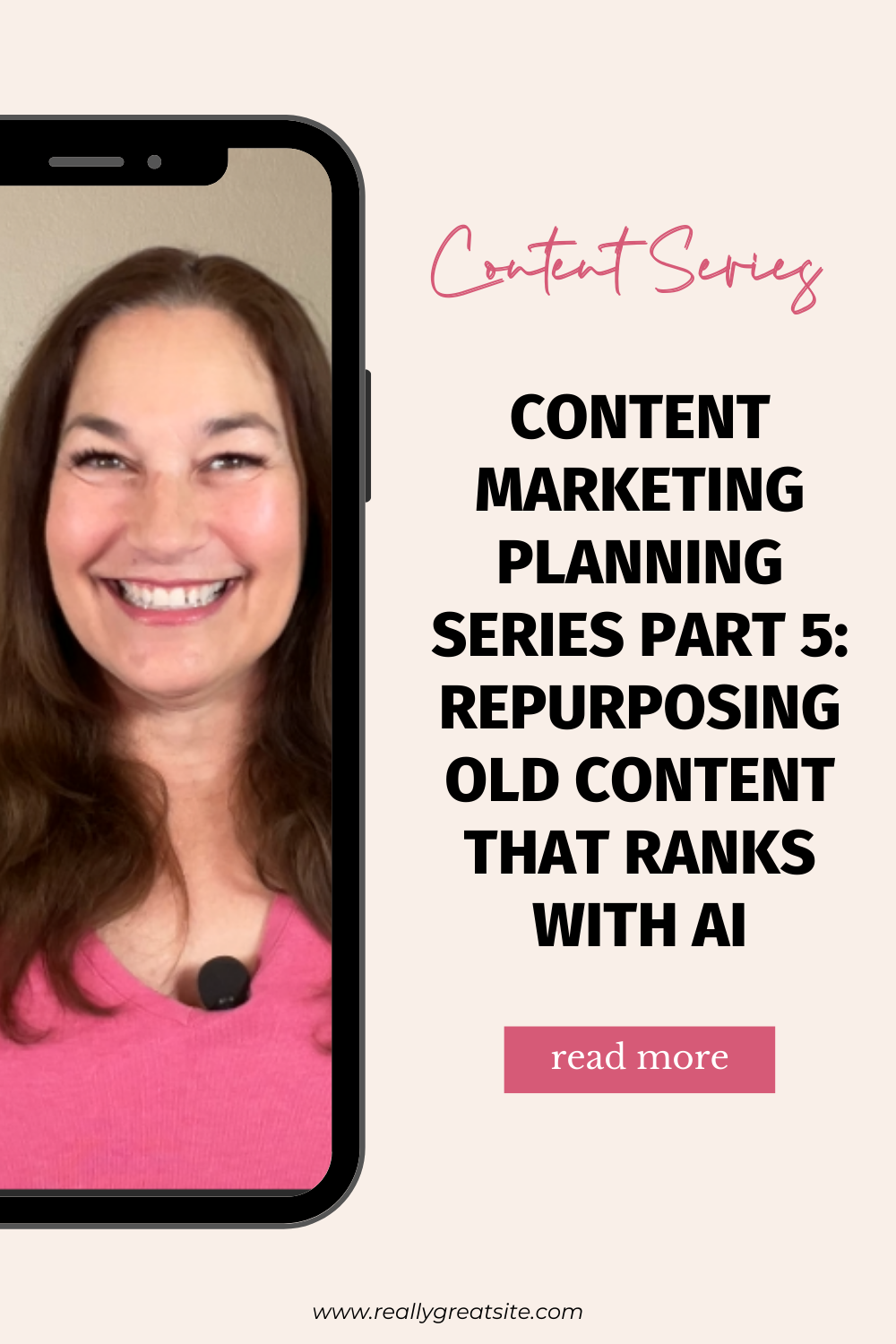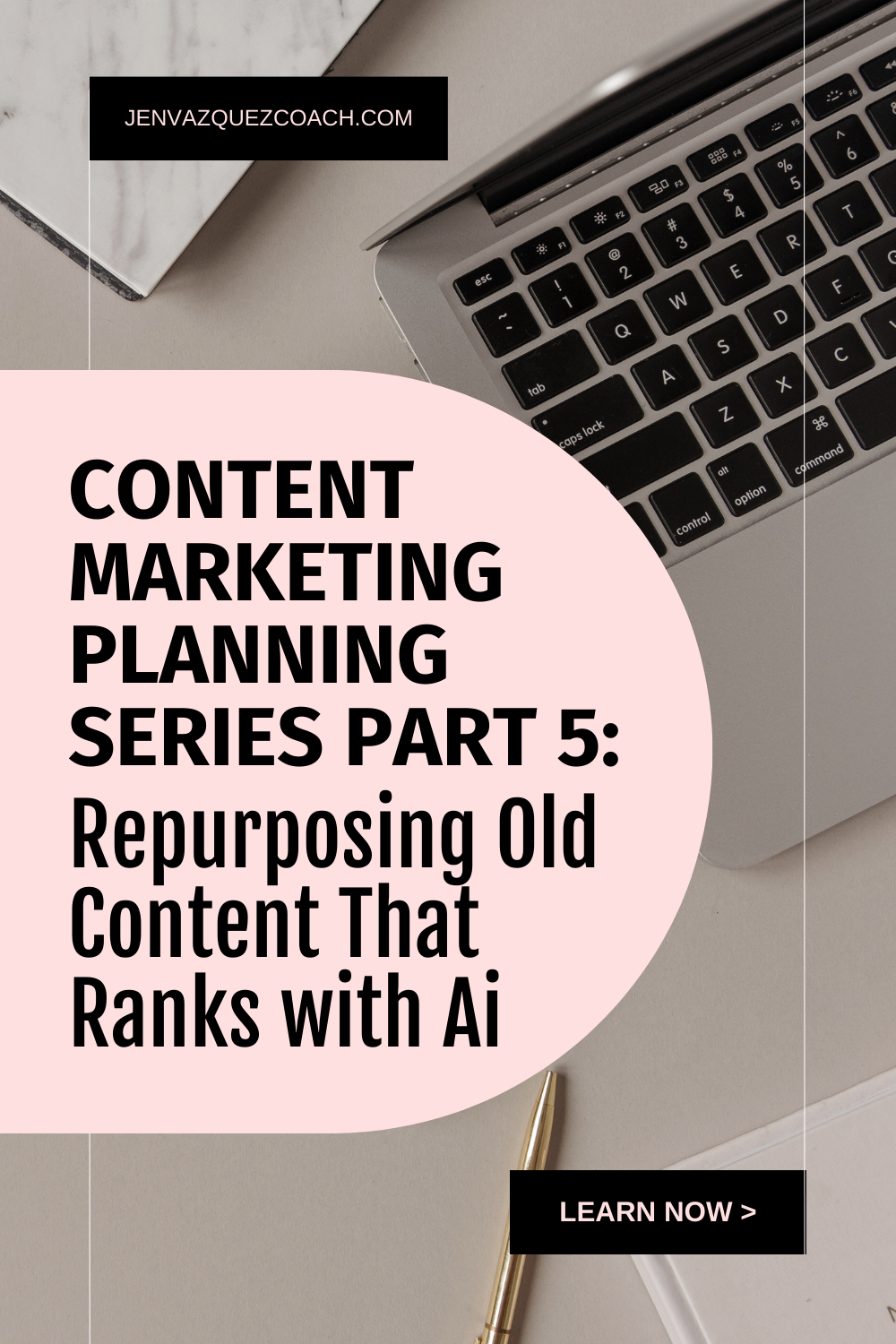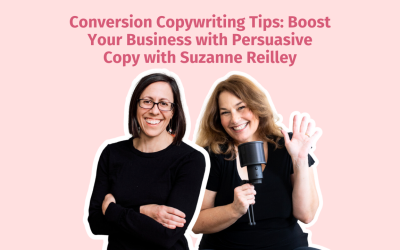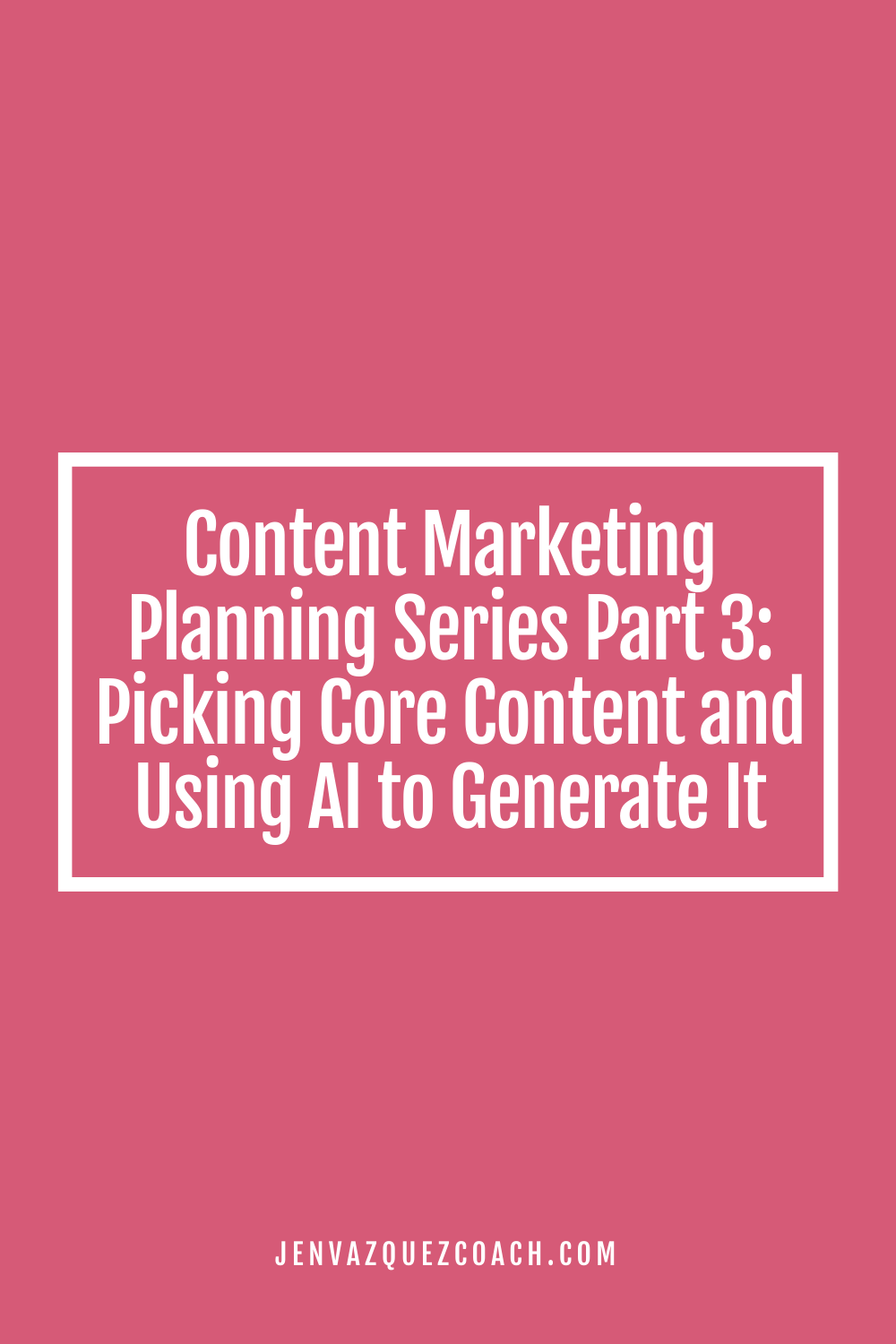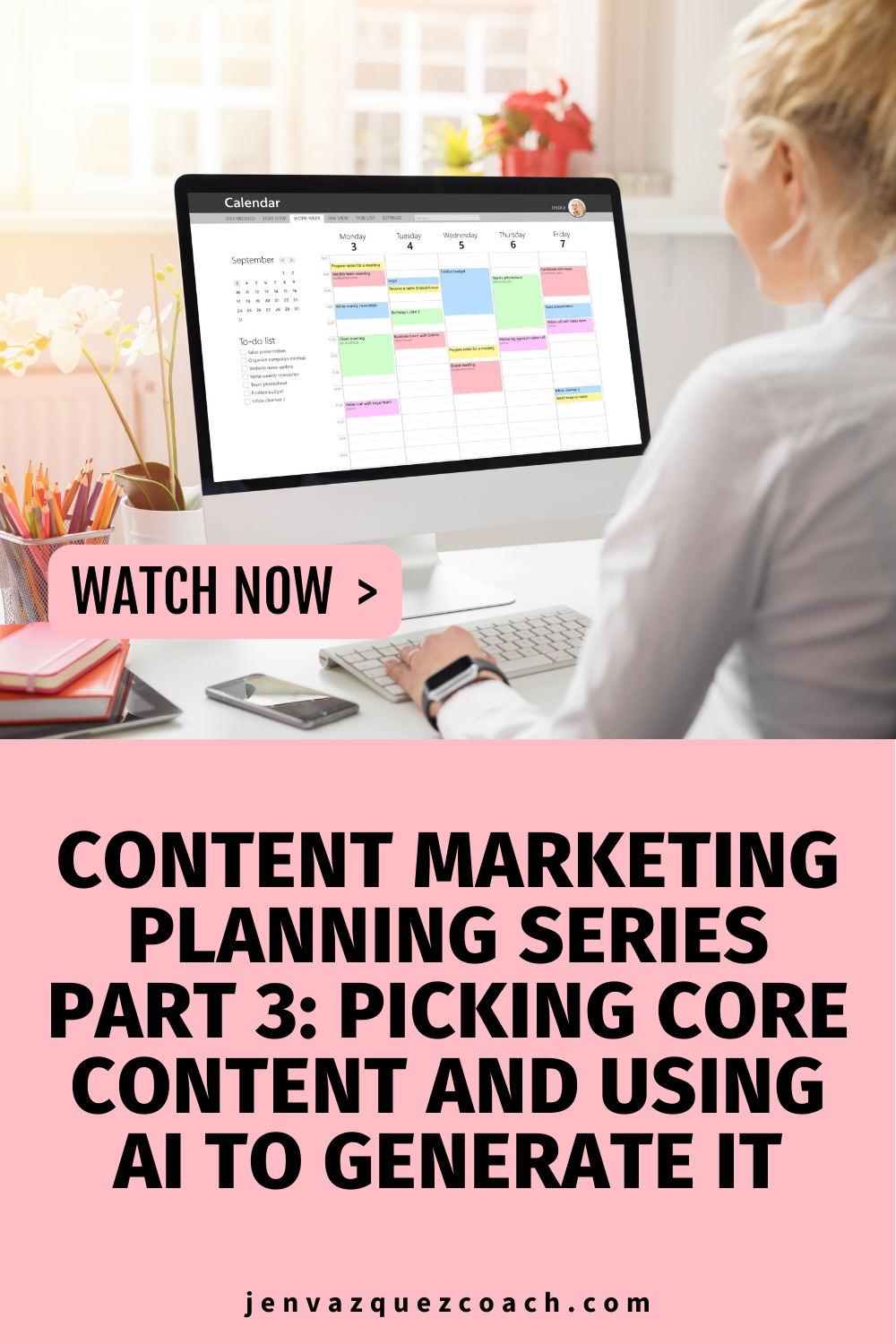Conversion Copywriting Tips: Boost Your Business with Persuasive Copy with Suzanne Reilley Hey there, fabulous entrepreneurs! Are you ready to unlock the secrets to writing copy that doesn’t just grab attention but also converts leads into loyal customers? Yep, me...
Content Marketing Planning Series Part 5: Repurposing Old Content That Ranks with Ai

Repurposing Old Content That Ranks with Ai
Welcome to the fifth and final part of our Marketing Planning Series! So far, we’ve explored data-driven marketing, content planning, leveraging social media, and creating engaging social media posts. In this blog post, we’ll uncover the art of repurposing old content that ranks. By maximizing the value of your existing content, you can breathe new life into it, boost your SEO efforts, and engage your audience. Let’s dive into the world of content repurposing.
Maximizing the Value of Existing Content
Your content library is a goldmine of opportunities waiting to be explored. Repurposing old content that has already proven its worth not only saves time but also extends its lifespan and reach. Here’s how to get started.
Identifying Evergreen and High-Performing Content
To begin your content repurposing journey, identify which pieces of your existing content are evergreen and high-performing. Evergreen content remains relevant over time and can be repurposed for different audiences and platforms.
Repurposing Strategies: From Blogs to Videos, Infographics, and More
Repurposing doesn’t mean duplication; it’s about presenting the same information in various formats to cater to different preferences. Here are some repurposing strategies to consider:
- Blog to Video: Transform a popular blog post into a video presentation or tutorial. Share it on platforms like YouTube and Vimeo.
- Blog to Podcast: Convert written content into an audio format for podcast episodes. This opens up a new audience segment.
- Blog to Infographic: Condense key points and statistics from your blog into an engaging infographic. Infographics are highly shareable on social media.
- Long-Form to Short-Form: Extract key takeaways from long-form content and create shorter, easily digestible versions for quick consumption.
- Webinar to Blog Series: Transcribe a successful webinar or presentation into a blog series, allowing you to delve deeper into each topic.
Updating and Refreshing Outdated Content
While repurposing, take the opportunity to update and refresh outdated content. This ensures accuracy and relevance, especially for evergreen topics. Make sure to:
- Update statistics and data.
- Remove outdated references and broken links.
- Incorporate the latest industry trends and insights.
Unlock Your FREE Pinterest Marketing Resources
Dive into the Pinterest Marketing Resources Vault, packed with over 10 game-changing tools, 6 exclusive masterclasses, and exciting challenges. This free vault is your golden ticket to supercharging your marketing strategies on Pinterest. Get instant access to templates and assets designed to transform your marketing game.
Ready to work smarter, not harder? Sign up now and unleash your full potential!
SEO Best Practices for Repurposed Content
Optimizing repurposed content for search engines is crucial to ensure it continues to rank well. Follow these SEO best practices:
- Use relevant keywords and phrases strategically.
- Optimize meta titles and descriptions.
- Ensure proper internal and external linking.
- Implement schema markup for rich snippets where applicable.
Promoting Repurposed Content Effectively
Promotion is key to getting your repurposed content in front of your target audience. Utilize the following promotion strategies:
- Share repurposed content on your social media platforms.
- Email your subscribers with updates on repurposed blog posts, podcasts, or videos.
- Collaborate with influencers or other content creators to promote your content.
- Include repurposed content in your newsletter or email marketing campaigns.
Monitoring the Impact on Rankings and Engagement
Finally, keep a close eye on the impact of your repurposed content on both search rankings and audience engagement. Track key metrics such as:
- Changes in search engine rankings.
- Traffic and engagement metrics (page views, time on page, bounce rate).
- Social media shares, likes, and comments.
Use this data to assess the success of your repurposing efforts and make necessary adjustments to your content strategy.
Content Repurposing Madlib Prompts
Choose Your Content Piece:
- Title of Old Content: [Insert the title of the content you want to repurpose]
- Original Format: [Specify the original format – blog, video, podcast, etc.]
Select New Format for Repurposing:
- Video
- Infographic
- Podcast Episode
- Short-Form Content (e.g., social media post)
- Blog Series
- Webinar
Key Elements to Extract:
- Main Topic: [What is the core subject of the content?]
- Key Points: [List 3-5 main points or takeaways from the original content]
- Statistics/Data: [Mention any important data or statistics to highlight]
- Quotes/Insights: [Select any memorable quotes or unique insights]
Updating and Refreshing:
- Update Data: [List any statistics or data that need updating]
- Modernize References: [Note any references that need to be modernized]
- Add Trends: [Mention any recent industry trends or insights to include]
SEO Optimization (for written content):
- New Keywords: [List relevant keywords for the repurposed content]
- Meta Description: [Write a brief meta description for SEO purposes]
Promotion Strategy:
- Social Media Platforms: [List the platforms where you will share the repurposed content]
- Email Marketing: [Describe how you will use email to promote the content]
- Collaboration: [Note any potential collaborations for promoting the content]
Monitoring and Metrics:
- SEO Metrics: [What SEO metrics will you track?]
- Engagement Metrics: [Which engagement metrics are most relevant?]
- Adjustments: [What adjustments might you consider based on these metrics?]
Summary
And that’s a wrap on our “Content Marketing Planning Series”! With this fifth and final part, “Repurposing Old Content That Ranks,” we’ve come full circle in our journey to supercharge your content marketing efforts.
From the initial stages of data-driven marketing to the strategic use of social media, and now to the art of repurposing content, we’ve covered a comprehensive roadmap for your content strategy. And what better way to conclude than with our Madlib-style prompt, tailored to breathe new life into your existing content?
This creative tool is perfect for transforming old content into fresh, engaging formats while maintaining its relevance and search ranking power. By utilizing these repurposing strategies, along with the practicality of our Madlib prompt, you’re equipped to maximize the value of every content piece.
Here is more information that may be helpful!
Conversion Copywriting Tips: Boost Your Business with Persuasive Copy with Suzanne Reilley
Pinterest Trends Weekly: In Sport Mode
Pinterest Trends Weekly: In Sport Mode Hey there! I'm Jen, your go-to marketing bestie and cheerleader. I'm here to help you work smarter, not harder, when it comes to marketing. Every week, I'm diving into the hottest Pinterest trends so you can get ahead of the...
Pinterest Manager vs. VA Who Pins: Who’s Right for Your Business?
Pinterest Manager vs. VA Who Pins: Who’s Right for Your Business? Ready to dive into the world of Pinterest but unsure whether to hire a Pinterest Manager or a VA who pins? Let’s break it down and help you make the best choice for your business.Expertise in Pinterest...
Don’t Forget to Pin It!
